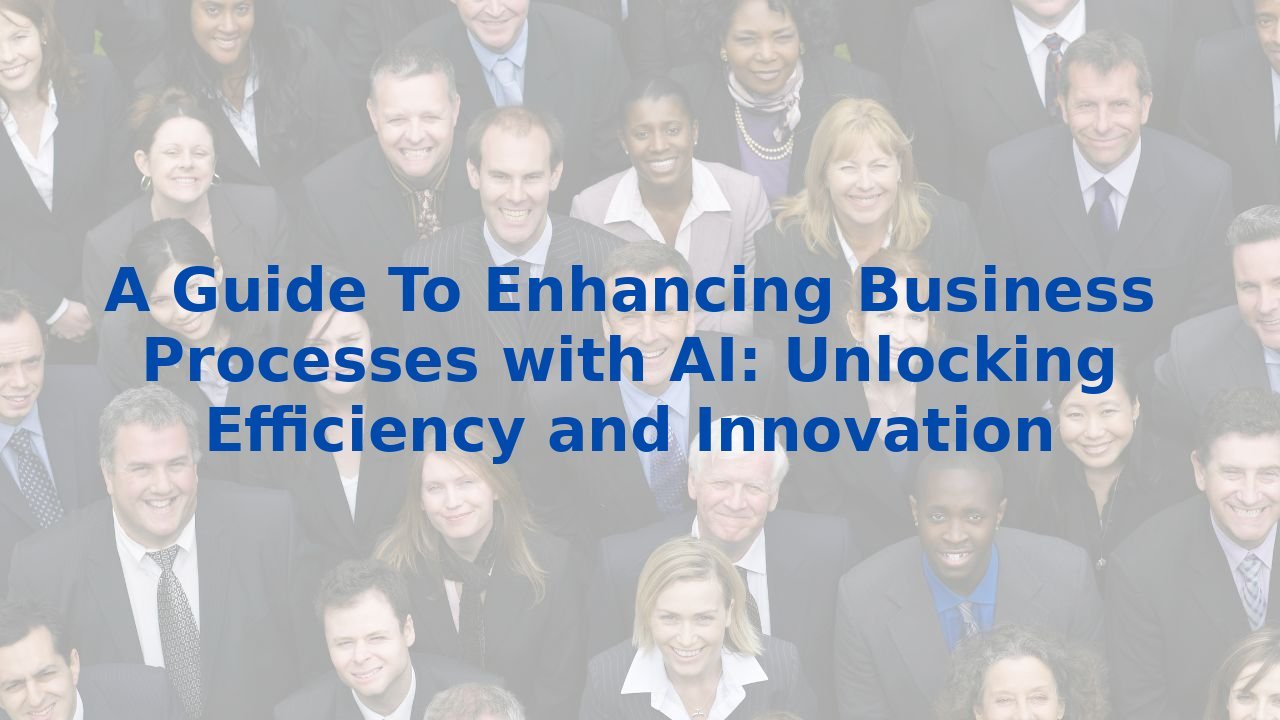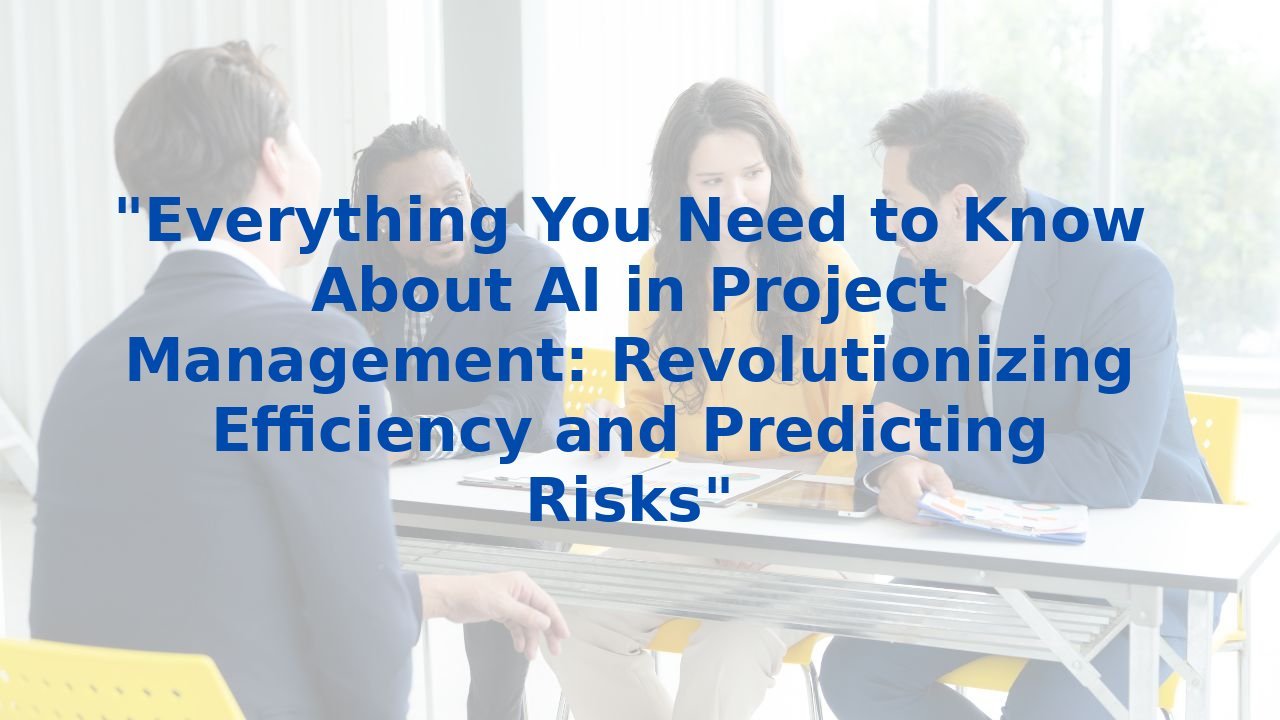A Guide To Enhancing Business Processes with AI: Unlocking Efficiency and Innovation
A Guide To Enhancing Business Processes with AI: Unlocking Efficiency and Innovation
In the ever-evolving landscape of business, processes serve as the foundation that supports all operations. Striving for optimization is crucial for maintaining relevance and competitiveness. Tradition often binds us to methods that, although reliable, can be painstakingly slow and laden with inefficiency. Enter Artificial Intelligence (AI) - a transformative force redefining how we perceive and engage with our processes.
1. Automating Routine Tasks
One of the most palpable shifts AI brings is in automating routine tasks. Consider the mundane, repetitive tasks that consume hours of valuable employee time. Intelligent Document Processing (IDP) showcases AI's prowess by converting documents into actionable data with little to no human interference. Imagine the relief of your team focusing on strategic initiatives instead of having their time drained away by monotony. This shift not only lightens the load for employees but also drastically lowers the likelihood of human error, enhancing both efficiency and accuracy.
2. Improving Decision Making
AI transcends traditional decision-making frameworks by harnessing the power of data. The ability to analyze extensive datasets allows AI to unveil patterns that might elude human analysts. For instance, predictive modeling can simulate various scenarios, enabling businesses to set competitive prices that enhance profitability without alienating customers. Equipped with such insights, decision-makers find themselves empowered, making strategic choices bolstered by data rather than intuition. In a world where the margin for error is slim, AI acts like your strategic compass, guiding you toward optimal paths.
3. Enhancing Customer Service
In an era where customer experience dictates loyalty, AI's role in customer service cannot be overstated. AI-driven chatbots take on routine inquiries, allowing human agents to focus on complex concerns that demand empathy and creativity. Beyond just fielding questions, AI actively analyzes customer feedback, shining a light on pain points and areas ripe for improvement. The outcome? Optimized service that consistently meets and exceeds client expectations, fostering deeper connections and brand loyalty.
4. Improving Product Development Processes
Product development, often seen as a daunting and resource-intensive venture, benefits immensely from AI capabilities. Generative design software embodies this transformation, exploring countless design possibilities that meet predetermined criteria. This approach not only accelerates the development cycle but prevents costly missteps that come from pursuing non-viable prototypes. Moreover, AI facilitates process mining in product development, allowing businesses to visualize and refine workflows, revealing bottlenecks before they become significant issues.
5. Enhancing Operational Efficiency
Understanding and optimizing internal processes is where AI truly shines. Through process mining, organizations gain real-time insights into their operations, identifying inefficiencies and deviations at unprecedented speeds. The ability to visualize process flows and act on insights promptly grants organizations a competitive edge, ensuring that operations remain agile and efficient. Here, AI becomes not just a tool but a sentinel, guarding against inefficiencies that can stifle growth.
6. Training Employees for AI
Yet, the integration of AI is not merely about technology; it pivots on your most invaluable asset - your people. Training employees to harness AI effectively is paramount. Equipping them with the skills to navigate AI tools and interpret AI-driven insights fosters a culture driven by data and innovation. When employees understand how to integrate AI into their workflows, they become catalysts for change. Rather than fearing AI as a replacement, they embrace it as an ally, enhancing decision-making ability and operational competence.
Conclusion
AI is not just a fleeting trend; it is a major catalyst for change in business processes. Through automation, enhanced decision-making, superior customer service, and advanced product development, AI redefines operational efficiency. While the allure of AI is undeniable, its true potential unfurls when your workforce stands ready to embrace it. This symbiotic relationship between AI and human intelligence could very well be the key to thriving in a rapidly changing landscape. If your organization is ready to embark on this transformative journey, exploring dedicated learning paths could be a crucial next step in ensuring your team is equipped with the skills necessary to capitalize on AI’s immense potential. Here’s to unlocking efficiency and innovation!



